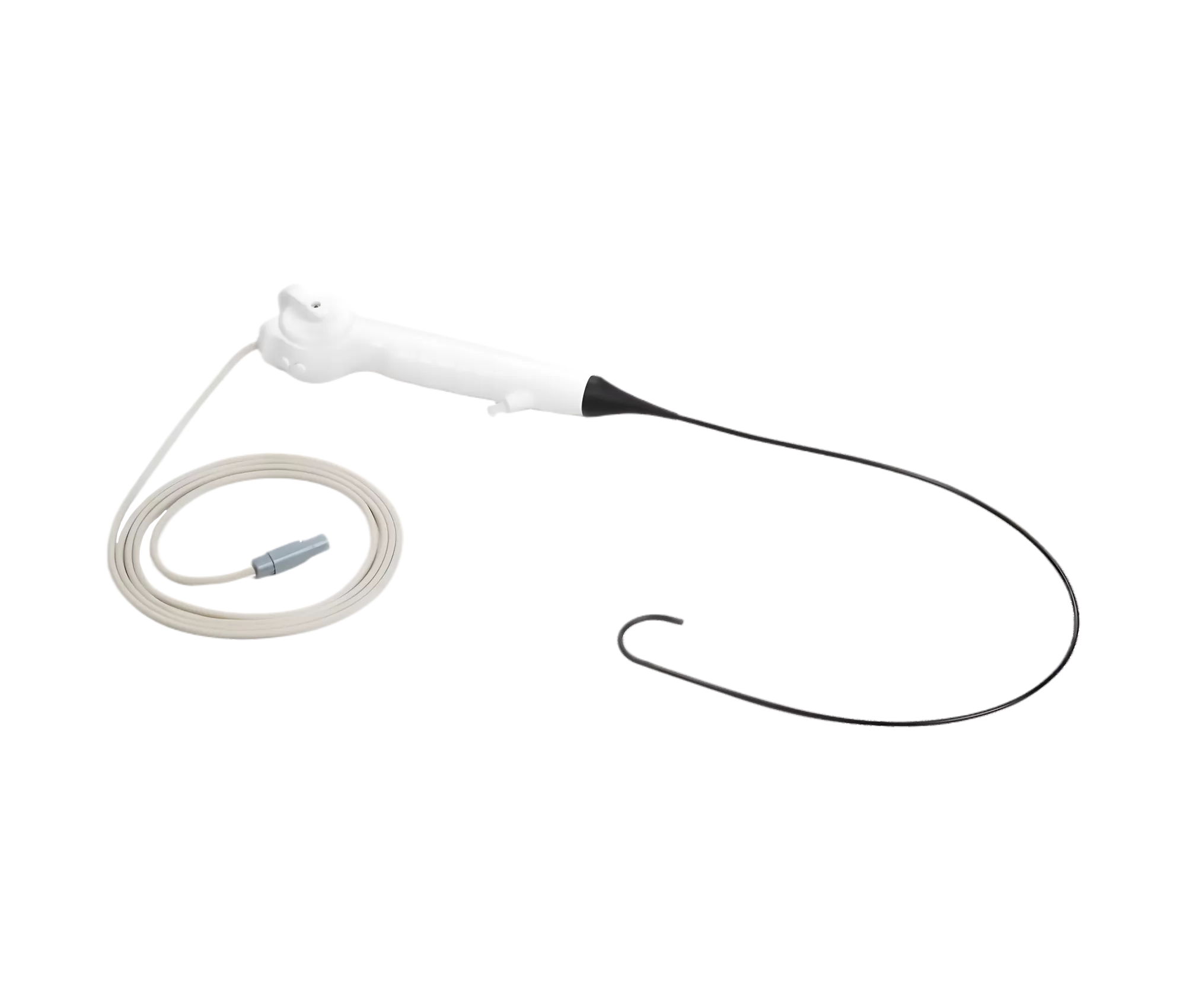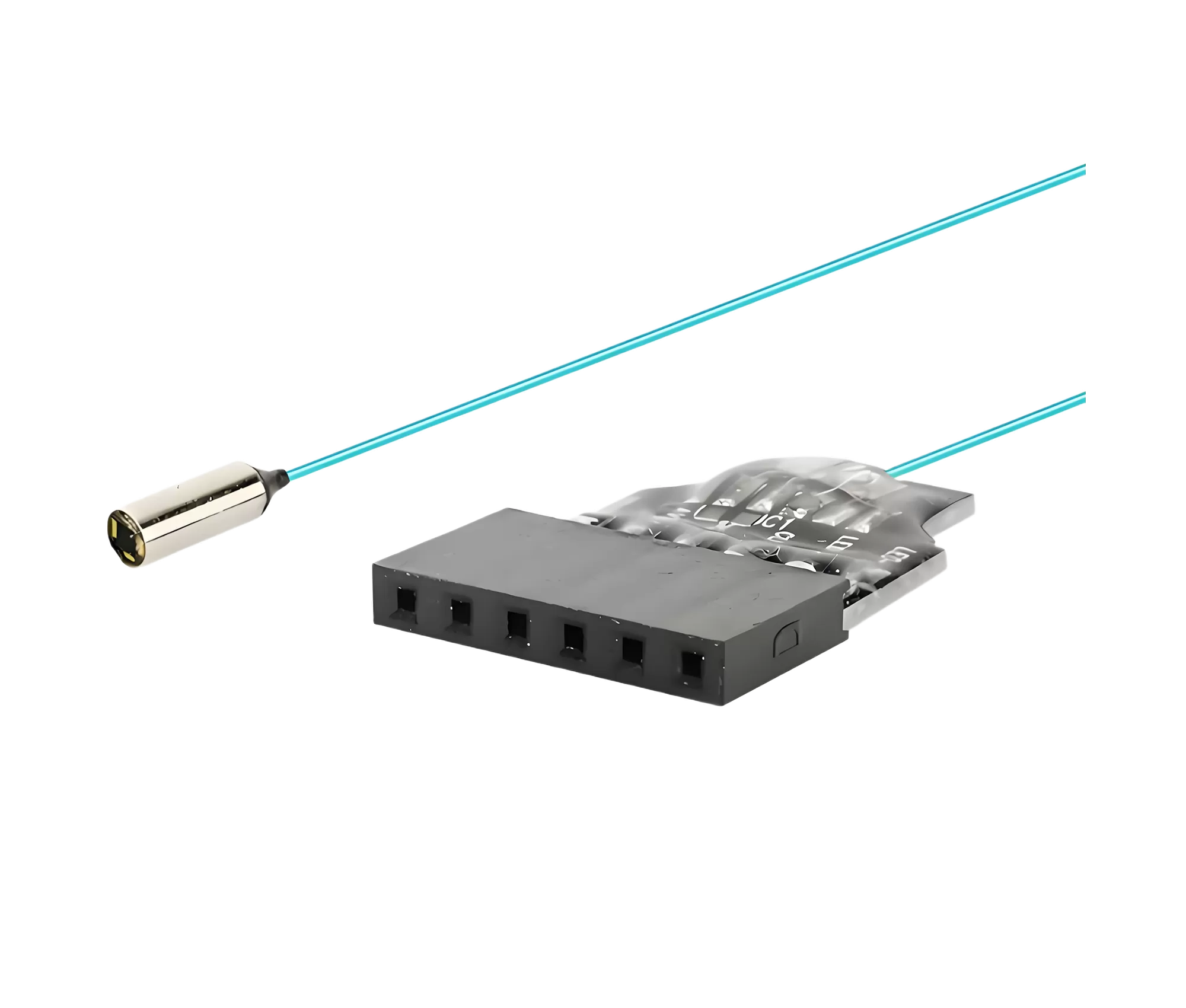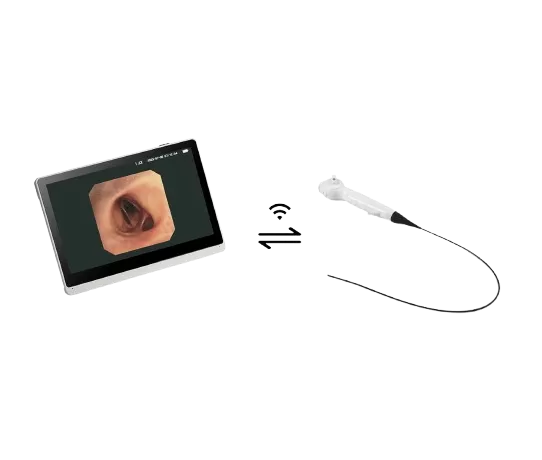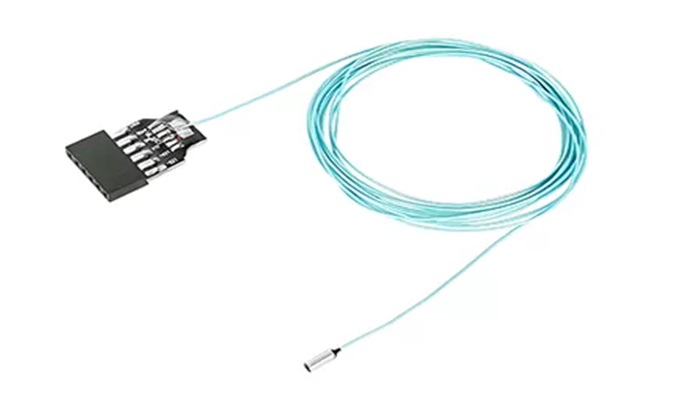Image Quality :
High-definition or 4K resolution for clear visualization.
Flexibility :
Maneuverable insertion tube for navigating body curves.
Compatibility :
Works with existing imaging systems and EHR.
Sterilization :
Easy to clean and durable materials.
Additional Functionalities :
Biopsy channels, suction, and irrigation.
Ergonomics :
Comfortable handle and lightweight design.
Field of View :
Wide view and good depth of field.
Portability :
Easy to transport and store.
Cost-Effectiveness :
Reasonable initial and maintenance costs.








